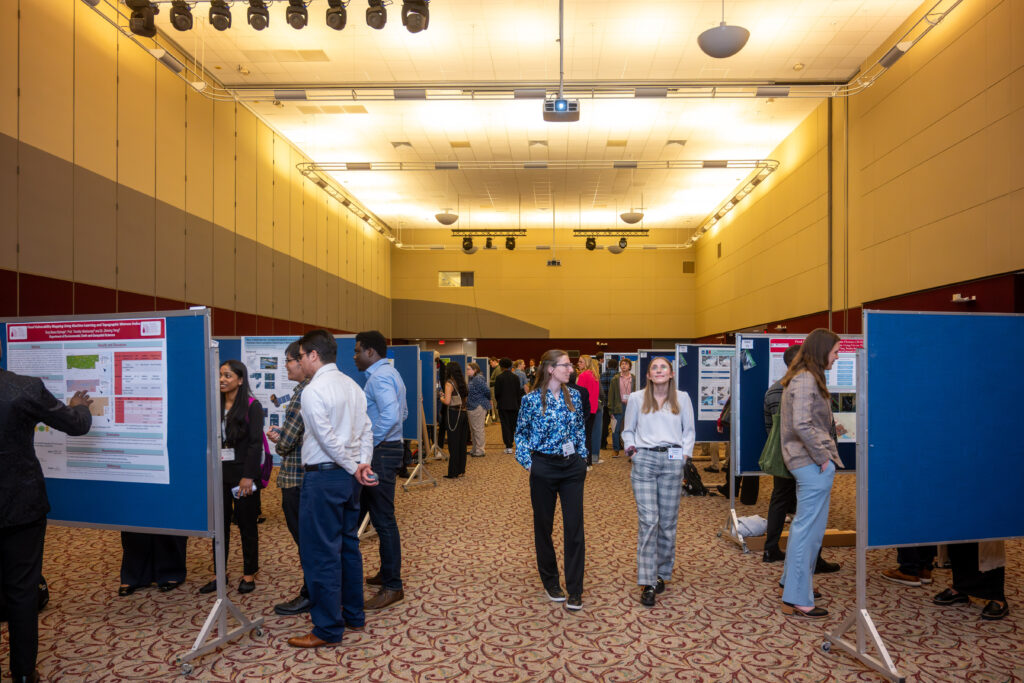Expanding Possibilities: NC Space Symposium 2025 Highlights Mentorship, Innovation, Interplanetary Ambitions
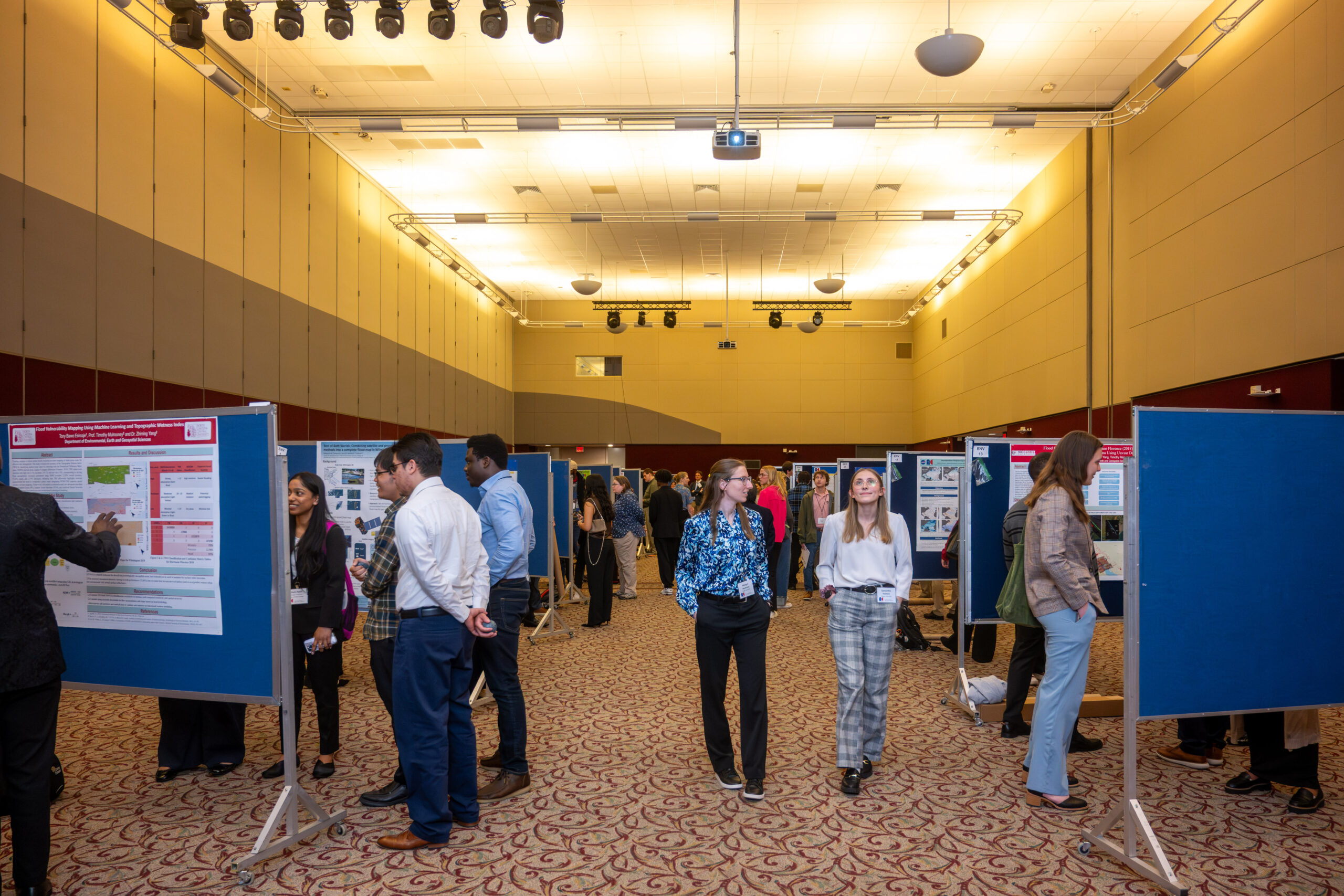
On April 11, 2025, the North Carolina Space Symposium at the McKimmon Conference and Training Center in Raleigh brought together hundreds of students, researchers, industry leaders, and educators for a dynamic day of exploration, innovation, and mentorship. Hosted by NC Space Grant, the symposium offered attendees rich networking opportunities, diverse presentations, and insightful discussions about the future of space science and workforce development.
“This is more than a research showcase,” said NC Space Grant Director Susan White in her welcome remarks. “It’s a launchpad for careers, connections, and new ideas that will shape the future of space exploration.”
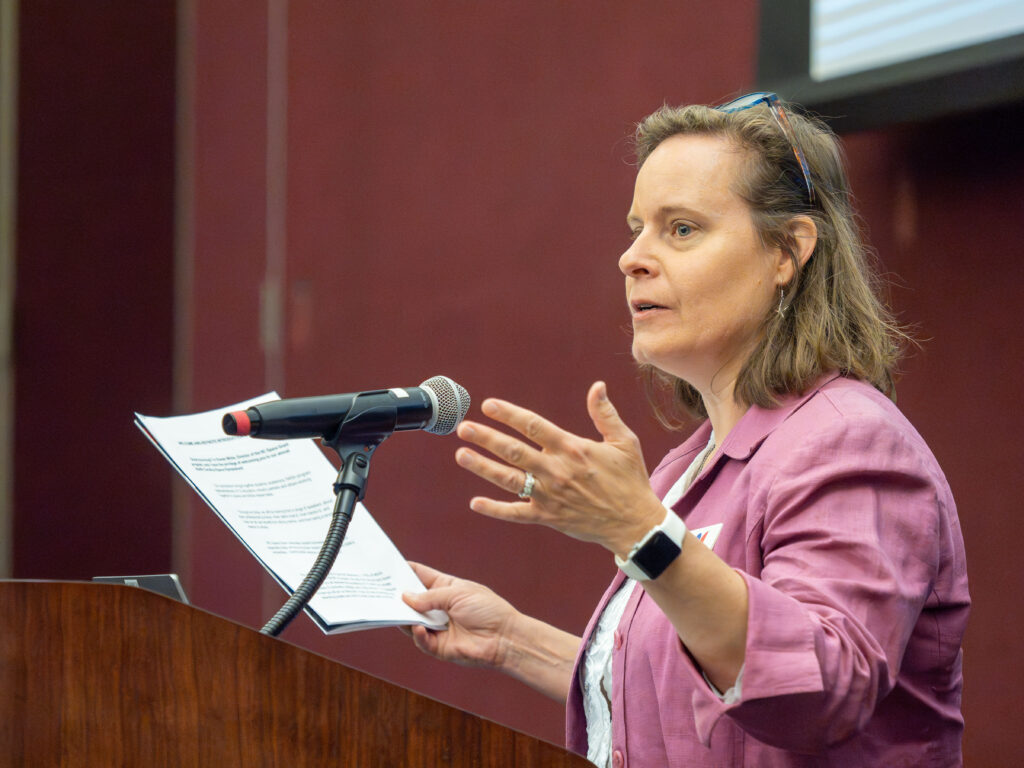
Opening Keynote: Centering People in the Space Workforce
Kimberly Brush, Chief of Staff at NASA Langley Research Center, opened the event with an inspiring keynote addressing her unique journey from special education teacher to NASA executive. Brush emphasized the importance of mentorship within STEM careers, advocating for workplaces that prioritize psychological safety and genuine collaboration.
“We are living proof that you can come to NASA from anywhere,” Brush shared. “Our job as mentors and leaders is to make space for others to shine.” Reflecting on the changes brought by remote and hybrid work, Brush stressed the importance of active listening, remarking, “Listening louder is essential if we’re not actively listening, we’re missing the core insights needed for genuine collaboration.”
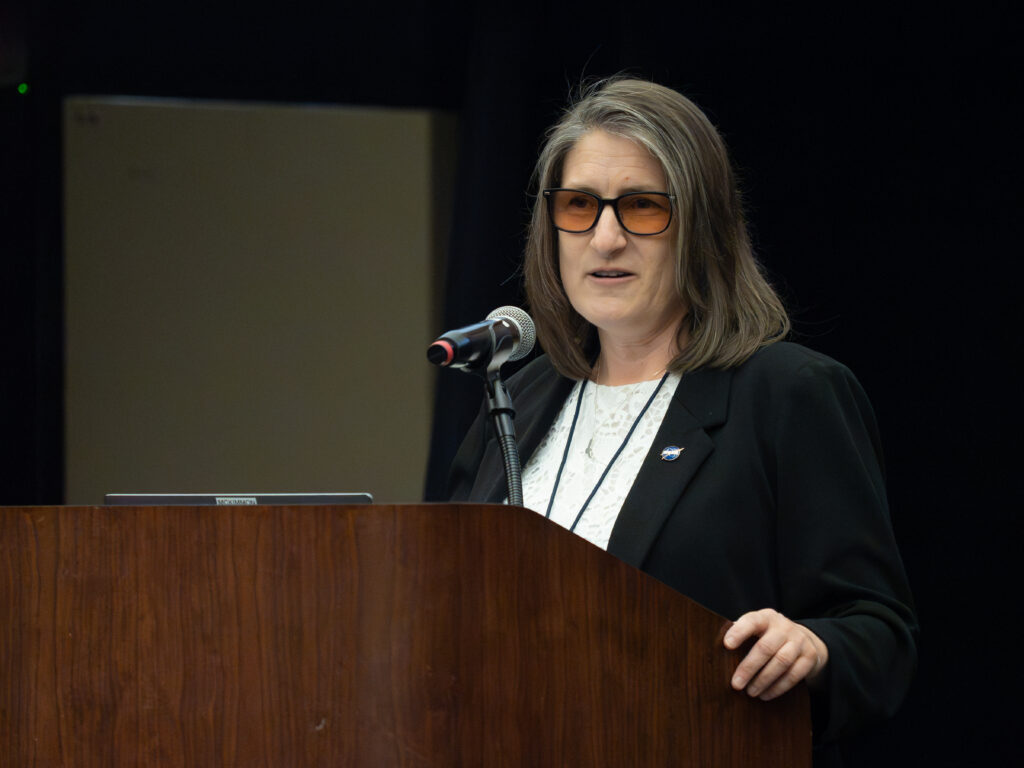
Industry Connections Panel: Building the Backbone of Tomorrow’s Missions
Moderated by Jeff Mobley from Sierra Space, industry leaders James Ainsworth (Collier Aerospace), Jamie Coker (Sierra Space), and Bridget Simmons (Machine Specialties Inc.) shared how North Carolina’s aerospace sector supports commercial space missions and national defense.
“Space is no longer a government-only domain,” Jamie Coker said. “We’re building infrastructure so future businesses can thrive in orbit.” James Ainsworth added, “Business is still person-to-person. Relationships matter, especially when you’re building the future.”
“Our pipeline for collaboration is really our employees and their relationships in the industry,” explained Bridget Simmons. If you are new to industry, Simmons emphasized “developing professional relationships that are going to be important to you.” Highlighting mentorship within industry settings, she noted their apprenticeship programs which “recruit high school juniors and seniors,” offering a pathway directly into sustainable careers.
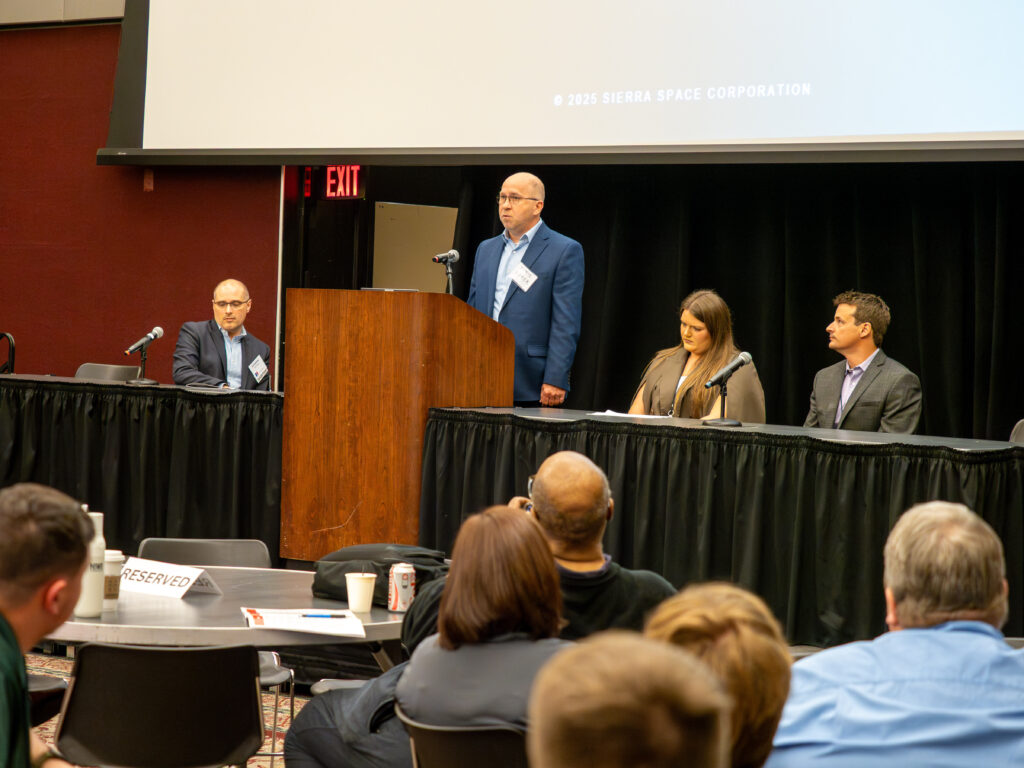
Student Posters and Team Showcase: Powering Innovation on the Ground
More than 80 students displayed innovative research and team projects in two bustling poster sessions. Standout projects included a mobile solar power generator designed for disaster relief, responding to real-world issues like Hurricane Helene.
“When we first started this out, we had no idea what we were doing,” admitted one student presenter candidly. “We were just college students, so we had to learn the process of how electricity works…but with mentorship, we turned ideas into reality.” Another student reflected on the mentorship support, stating, “Thank you to our mentor, who provided us with all the components… without his help, we could not make this happen.”
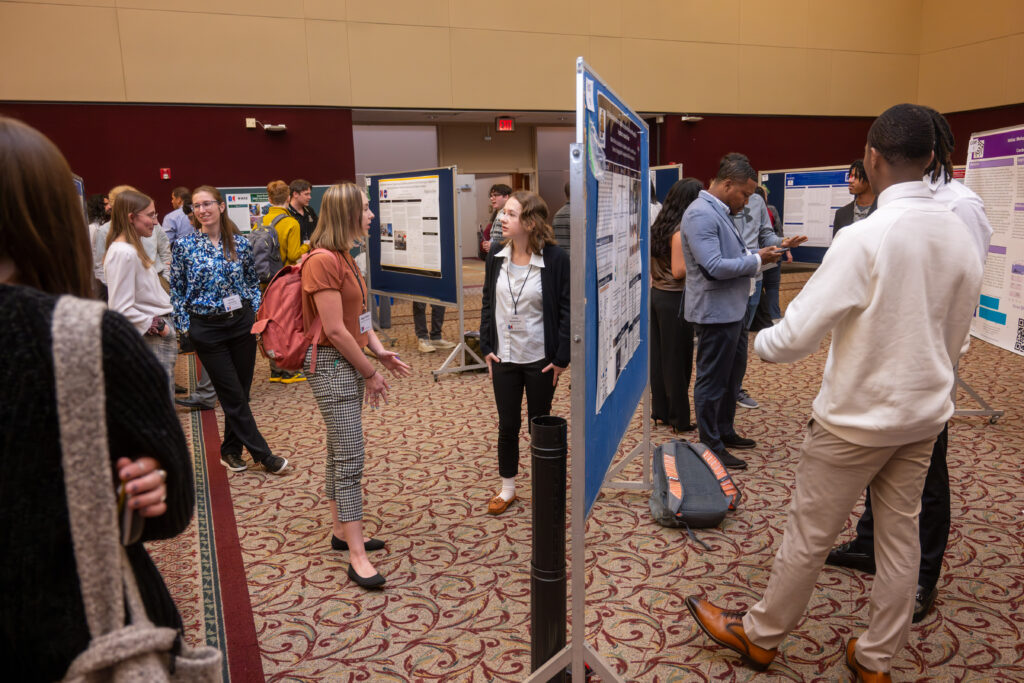
These sessions emphasized practical solutions and hands-on teamwork, illustrating the direct impact of mentorship and collaborative learning on student projects.
Lightning Talks: Research
The symposium featured compelling lightning talks from graduate and undergraduate fellows, covering topics such as gravitational wave astronomy, coastal erosion monitoring, biomaterial engineering, and thermal vacuum chambers.
L. Brooke Turner, who interned at NASA Goddard, described her research on ultra-stable vacuum chambers critical for testing future space observatories: “With requirements down to 10 picometres over 10 minutes, this work is essential to the future Habitable Worlds Observatory.” Turner highlighted mentorship’s pivotal role, stating, “I’m very grateful I’m still able to work on this through connections I made involved with Space Grant.”
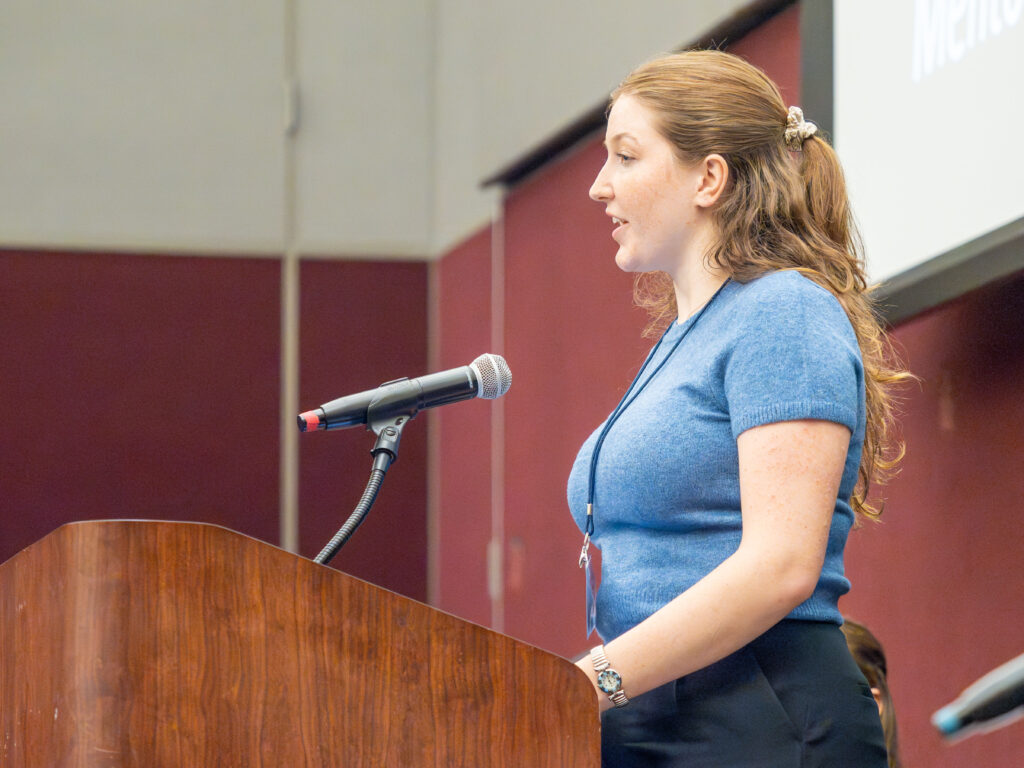
Morgan Heckman from Duke University shared innovative research on using blue light to pattern bacterial growth, noting the practical implications for space travel. “Bacteria are very light. You can take just one frozen vial and once you reach your destination, you can grow those out to have a much larger supply.” Heckman reinforced the mentorship theme, stating, “My mentors and Space Grant have given me the confidence to pursue this creative project.”
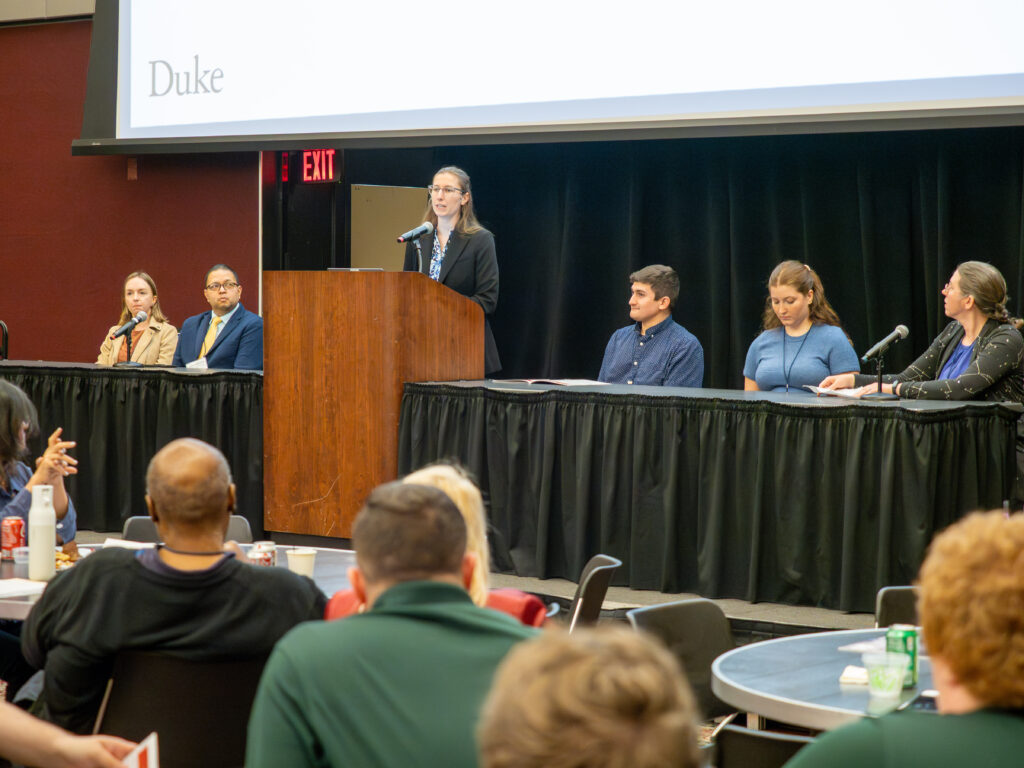
NASA Keynote: Advancing Astromaterials Research and Planetary Protection
Dr. Eileen Stansbery, Chief Scientist at NASA Johnson Space Center, delivered an engaging keynote on NASA’s astromaterials research, planetary protection, and sample science missions. Her talk detailed the groundbreaking findings from asteroid Bennu samples, revealing essential building blocks of life, including all five nucleobases of DNA and RNA and fourteen amino acids.
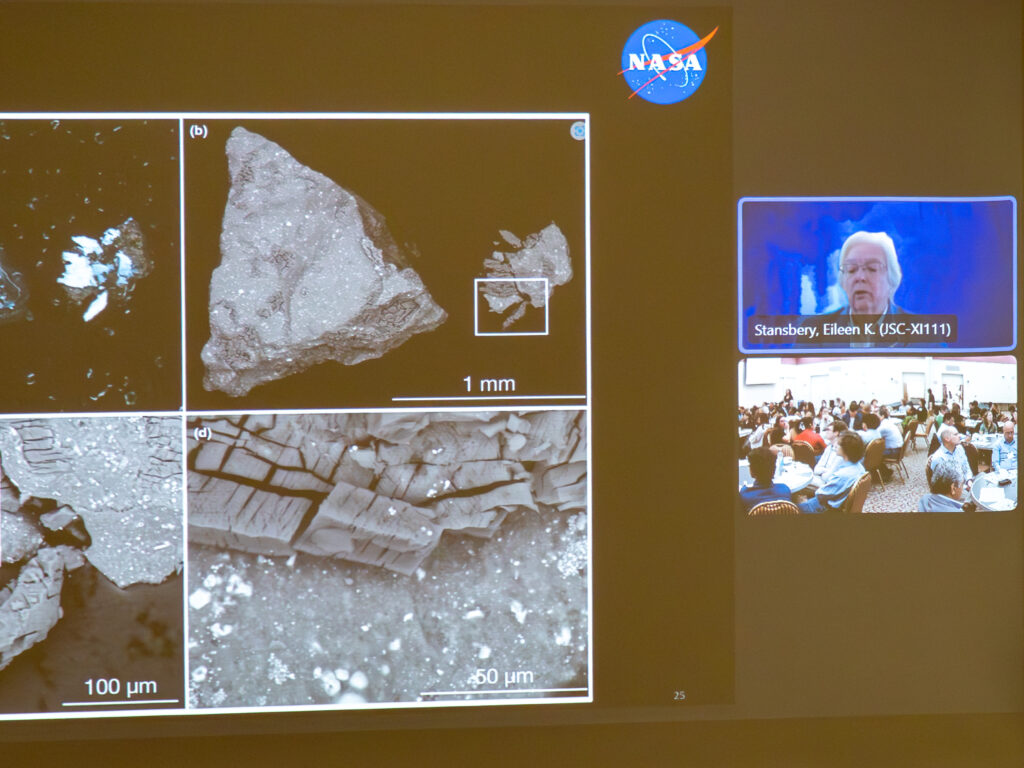
Stansbery explained the significance of carefully preserving extraterrestrial samples, noting, “Providing the appropriate variety of containers is important because microbes will actually eat the samples. Over time, these samples could otherwise be consumed by their environment and lost to science.” During the Q&A session, she addressed questions on the intriguing chemistry of Bennu’s parent body, which could hold vital clues to life’s origins: “We’re looking for the chemical boundary between abiotic organic chemistry and biotic chemistry … lots of new questions for researchers to design future studies.”
“We are preparing for what’s next,” Stansbery emphasized. “Returning samples from the Moon and Mars isn’t just about the rocks, it’s about learning how to live, work, and sustain life beyond Earth.” She stressed mentorship’s importance in scientific advancement: “Our role as experienced researchers includes mentoring young scientists who will carry forward these explorations.”

Read Eileen Stansbery’s full article for NC Space Grant.
Q&A Sessions
Audience questions throughout the symposium revealed recurring themes, especially related to building trust in science, enhancing collaboration pipelines, and mentorship strategies in educational settings. Attendees raised concerns about rebuilding public trust in science, asking how panelists interact with the general public to promote scientific engagement. Panelists noted that continuing to deliver visible achievements, such as new products and space missions, builds credibility.
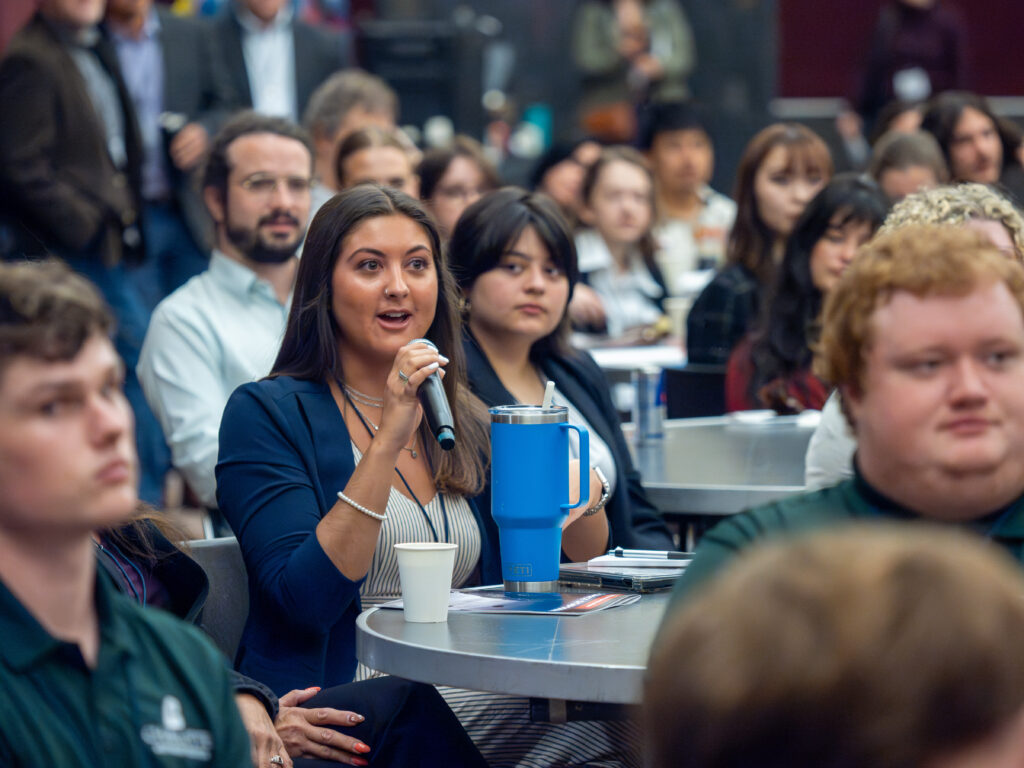
Educators sought advice on addressing student preparedness for industry, asking, “Are you seeing specific deficits we can address?” Responses uniformly emphasized enhancing personal communication and power skills. “Our newer generations have gotten so accustomed to talking through screens … the art of just picking up the phone is something that’s fallen to the wayside,” said Jamie Coker.
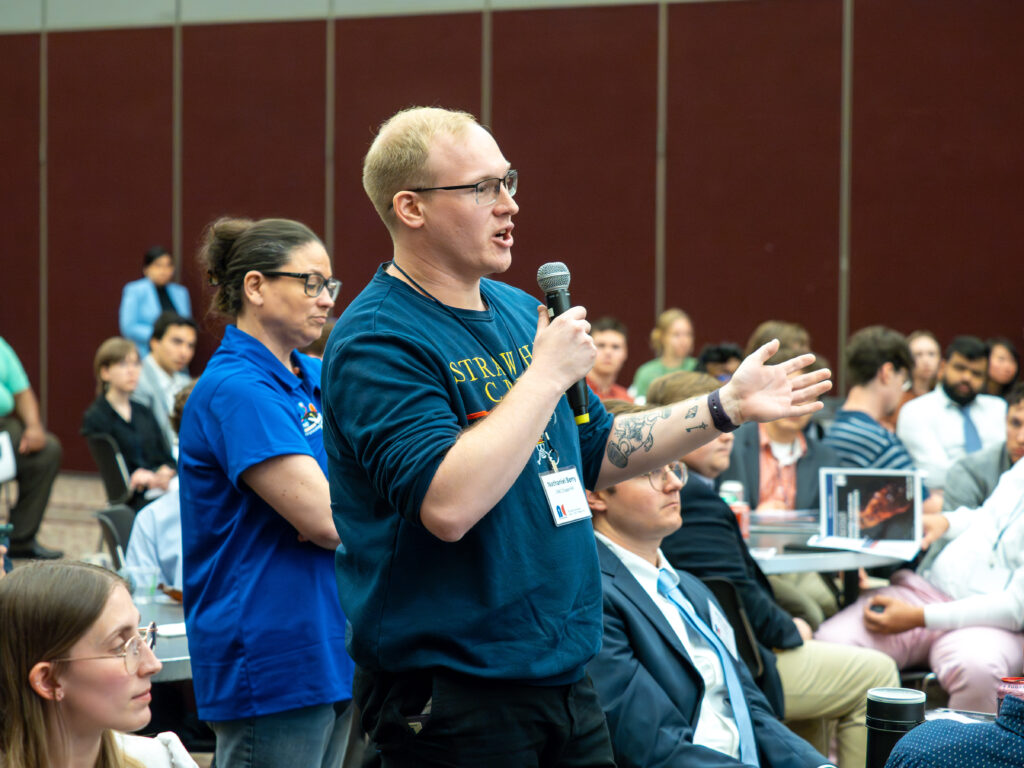
Mentorship Spotlight Cultivating a Community of Researchers
Dr. Rafael Loureiro and students from Winston-Salem State University’s Astrobotany Lab vividly illustrated the transformative power of mentorship in academia. Dr. Loureiro passionately described creating a supportive lab environment, noting, “The lab doesn’t bear my name because it belongs to everyone.”
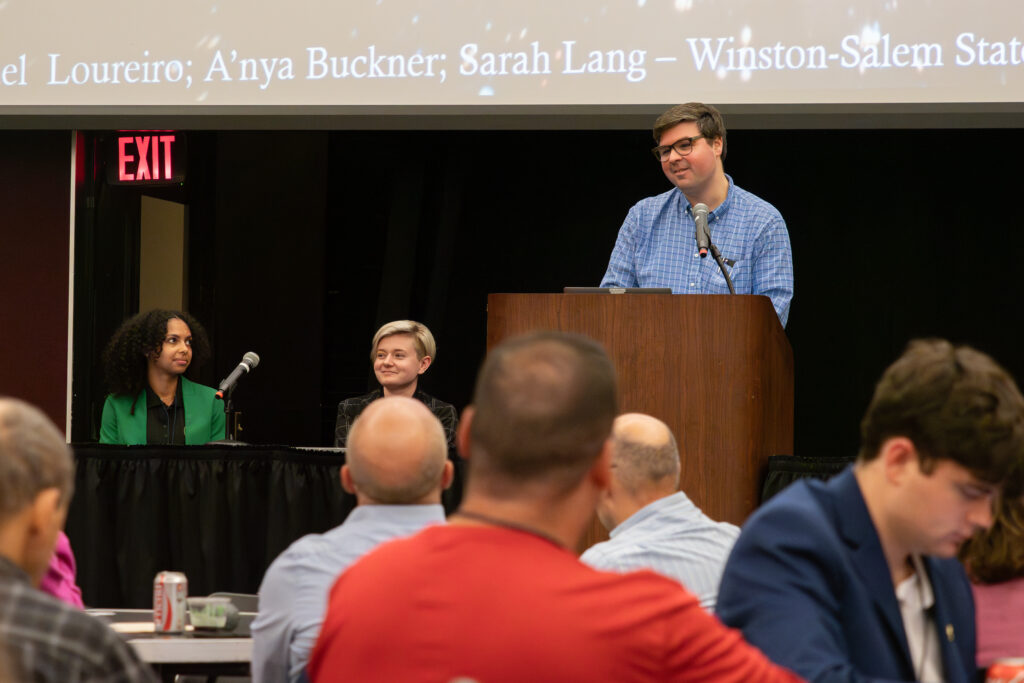
Students shared impactful experiences, detailing significant projects like “Plant Express,” examining lunar soil’s effects on gene expression, and “Watney,” a data platform for plant growth. The students credited their scientific curiosity and achievements to Dr. Loureiro’s guidance and the nurturing environment he created. They also shared personal insights, such as overcoming logistical challenges with hands-on support from their mentor.
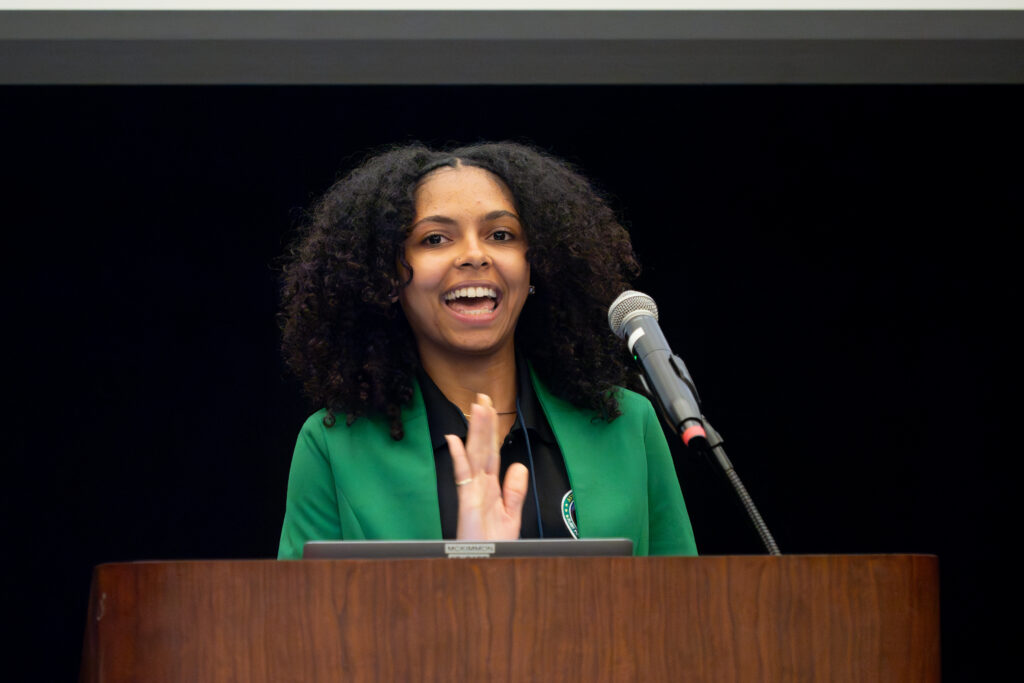
Responding to questions about the challenges of managing academic demands alongside intensive mentoring responsibilities, Dr. Loureiro highlighted the importance of structured training, trust-building, and giving students autonomy to learn from mistakes.
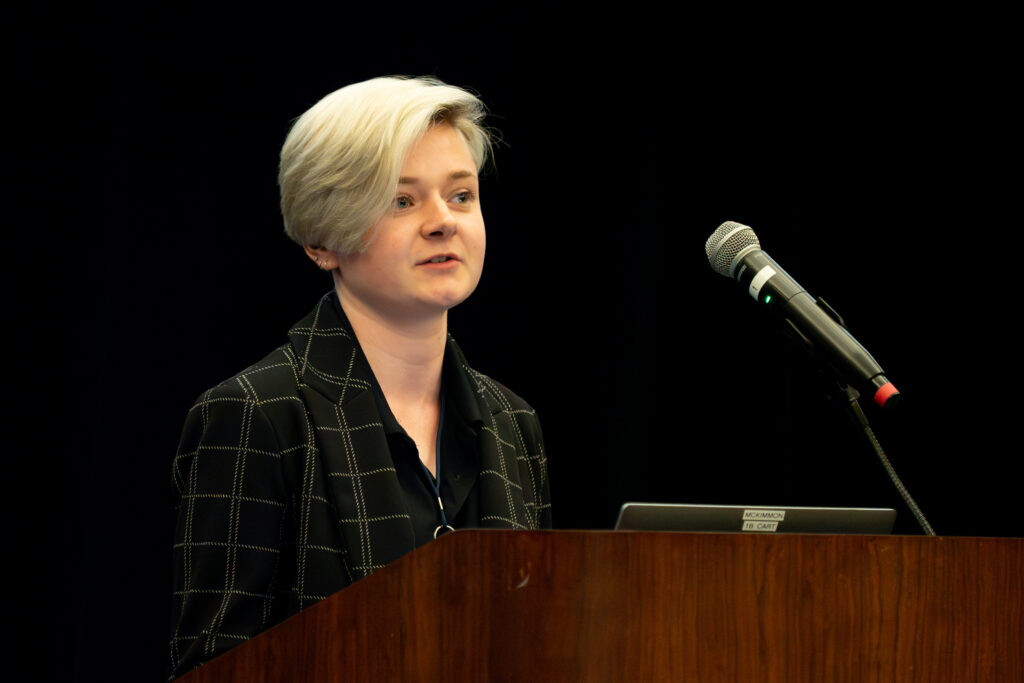
Closing Workshop: Turning Experience Into Opportunity
Clearly communicating your work is key to a successful career in science and engineering. Michael Rice’s workshop emphasized leveraging experiences effectively. “Your project work, your presentations, they matter. Learn how to communicate it clearly, and you’ll stand out,” Rice advised, reinforcing the symposium’s theme of mentorship and professional growth.
